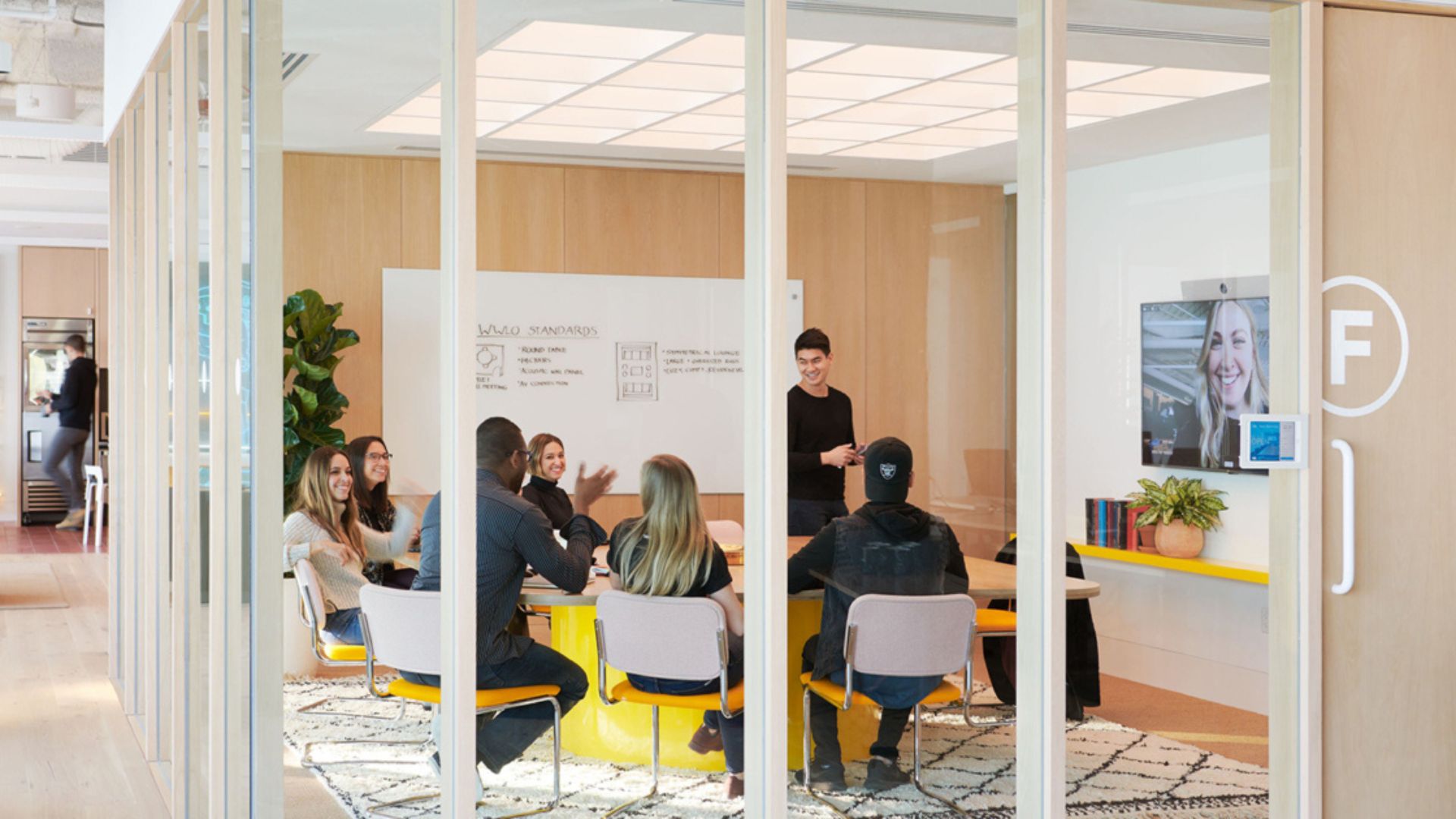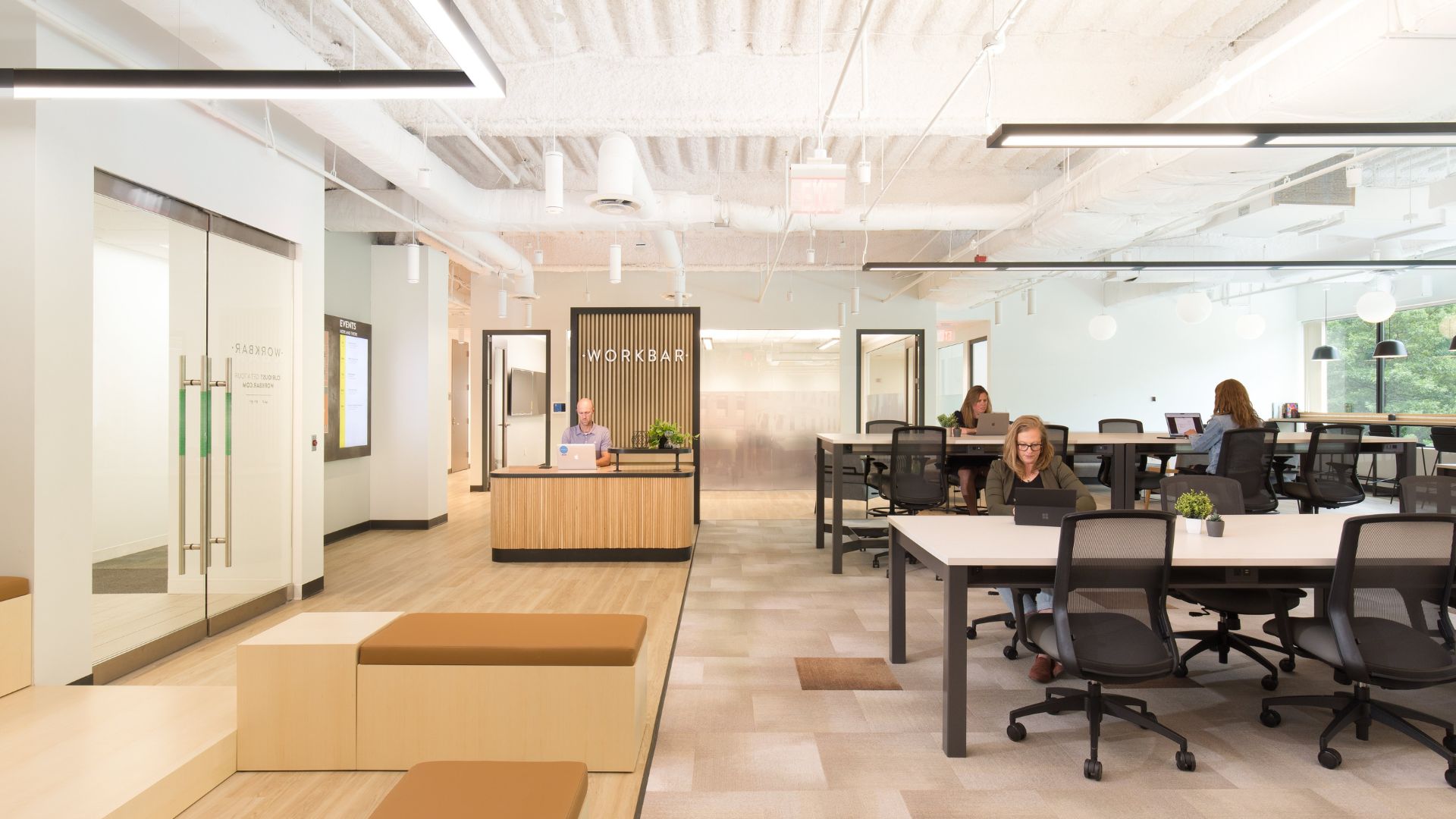The rise of remote work has fundamentally changed the way we work. Gone are the days of mandatory commutes and crowded cubicles. With many employees now working remotely at least part of the time, companies are rethinking the purpose and design of their physical offices. This shift is leading to a new era of office design, one focused on collaboration, socialization, and fostering a strong company culture.
From Busy Desks to Purposeful Spaces
Firstly, the traditional office model, designed for maximum desk occupancy, is no longer optimal. With a significant portion of the workforce remote, companies are questioning the need for rows of individual workstations. This shift presents an opportunity to transform offices into dynamic hubs for collaboration and innovation.
Here’s how remote work is impacting office design:
Focus on Collaboration
Office spaces are being redesigned to prioritize collaboration areas like meeting rooms, breakout spaces, and open-plan areas. Furthermore, these spaces allow teams to come together for brainstorming sessions, project discussions, and social interaction.
Rise of Flexible Workstations
Gone are the days of assigned desks. Moreover, modern offices are embracing flexible workspaces, including hot desks, activity-based working zones, and reservable meeting rooms. This allows employees to choose the environment that best suits their needs for a particular task.
Emphasis on Technology
Moreover, to facilitate seamless collaboration between remote and in-office employees, offices are integrating advanced technology. This includes video conferencing systems, cloud-based collaboration tools, and digital whiteboards.
Prioritizing Employee Well-being
Recognizing the importance of employee well-being, companies are incorporating wellness features into office design. Furthermore, this might include natural light, comfortable furniture, relaxation areas, and even fitness centers.

Challenges and Considerations in the Redesigned Office
While remote work offers many benefits, it also presents challenges for office design:
Maintaining Company Culture
With fewer employees physically present, fostering a strong company culture can be difficult. More so, office design can play a role in this by creating spaces for informal interaction and team building activities.
Accommodating Diverse Needs
Employees have different work styles and preferences. Office designs need to be flexible enough to cater to those who need quiet focus time as well as those who thrive in collaborative environments.
Optimizing Resource Allocation
With a smaller number of employees using the office full-time, companies need to carefully consider how much space they need. This might involve downsizing or adopting flexible lease agreements.
Examples of Reimagined Office Spaces
Several companies are already leading the way in rethinking office design for the remote work era:
GitHub’s San Francisco Headquarters
This office features a variety of collaborative spaces, open areas, and quiet nooks to cater to different work styles.
Atlassian’s Sydney Office
This office prioritizes employee well-being with on-site fitness facilities, relaxation areas, and green spaces.
WeWork’s Remote Work Labs
These co-working spaces cater specifically to the needs of remote workers, offering dedicated workspaces, meeting rooms, and networking opportunities.
The Future of Work
Additionally, the future of work is likely to be a hybrid model, with employees splitting their time between remote work and in-office collaboration. This trend will continue to shape office design, with a focus on creating dynamic, flexible, and employee-centric spaces that support productivity, well-being, and a strong company culture. As technology evolves and employee needs continue to change, the future of office design promises to be even more innovative and adaptable.
Conclusion
In conclusion, the rise of remote work has irrevocably altered the landscape of office design. Gone are the days of monotonous cubicles; the modern office is evolving into a vibrant hub for collaboration, socialization, and fostering a strong company culture. By embracing flexible workspaces, advanced technology, and employee well-being features, companies can create offices that support the needs of both remote and in-office employees. Furthermore, as we move towards a hybrid work future, office design will continue to adapt and innovate, ensuring that physical workspaces remain relevant and valuable in an increasingly remote world. So, buckle up and get ready for the exciting new era of the reimagined office!
